In the decade since the dawn of Bitcoin’s genesis block, thousands of alternative cryptocurrencies — altcoins — have spawned in the wake of the blockchain breakthrough.
All coins and tokens external to Bitcoin are considered to be altcoins. Given blockchain’s open-source nature, altcoins, along with their respective platforms, can be created by anyone with an internet connection and come in a growing variety.
Top Altcoins to Know
- Ethereum (ETH)
- Tether (USDT)
- USD Coin (USDC)
- Binance (BNB)
- Binance Coin (BUSD)
- Ripple (XRP)
- Cardano (ADA)
- Solana (SOL)
- Dogecoin (DOGE)
- Dai (DAI)
Statista’s database counts more than 10,000 cryptocurrencies in the market today. Of the $978 billion market cap, more than 40 percent is portioned to Bitcoin, as of the time of writing. Ethereum follows, making up 18 percent in market capitalization, while altcoins fill out the remaining share.
Needless to say, altcoins have come a long way since Namecoin, the flagship altcoin, which prefaced the concept of colored coins in likeness to non-fungible tokens, or NFTs.
Altcoins: What Are They Exactly?
Traditionally speaking — altcoins are created to fulfill demands that develop from perceived gaps in the market, unaddressed by Bitcoin. Each digital asset is created for a specific purpose, some of which overlap.
Here are six major types:
- Utility tokens: These provide services within a network, like purchase services, pay network fees or redeem rewards.
- Payment tokens: These are used as currency to exchange value.
- Security tokens: These are tokenized assets offered on stock markets that are held by an entity and regulated by the Securities and Exchange Commission.
- Stablecoins: A stablecoin’s value is pegged to an external reserve asset, like fiat currencies or precious metals, in order to offer relative price stability.
- Memecoins: Crypto inspired by viral internet trends, memecoins are often created to exploit short-term gains.
- Governance tokens: These utility tokens grant users voting rights within a decentralized blockchain.
Altcoins can be made from scratch, or, more commonly, forked from an existing code. Forks occur when a blockchain splits from its original chain in order to create a new network that follows a parallel software protocol, with parentage most often linked to Bitcoin or Ethereum. Generally, forks occur when developers disagree on a platform’s direction. They may modify the source code to initiate a separate chain.
Why Altcoins?
Altcoins attract investors in the crypto space for a variety of reasons.
They are the “better mousetrap” to Bitcoin, meaning that they exist on upgraded versions of their former blockchain networks. Altcoins are a result of ingenuity that answer software bugs, inefficiencies and vulnerabilities previously unresolved.
Altcoins provide more utility and have a better chance at survival in the long run due to their versatility. Their ability to perform different functions in the crypto economy provide adaptability unmatched by Bitcoin, better preparing them for future developments in the market.
Finally, altcoins are far more accessible given low competition and room for growth at this stage in tokenomics.
With that being said, altcoins are considered a riskier investment. Despite relative resilience to price fluctuation, altcoins suffer from thin liquidity, high market saturation alongside a smaller market cap, a lack of credibility and susceptibility to scams.
Midway through 2022 — another year defined by high volatility and a $2 trillion loss — we’re highlighting the 20 market-favored altcoins that have come out on top.
The following rankings are pulled from price-tracking website CoinMarketCap, a market standard in the cryptocurrency space. Its algorithm determines prime performers by multiplying the number of coins in circulation with the live market price of a single coin.
Major players should enjoy the view while it lasts — tomorrow is not promised in crypto.
Terms to Know
- DAO: decentralized autonomous organization, or an entity structure in which token holders participate in management and decision-making in lieu of a central authority
- DeFi: decentralized finance
- DApps: decentralized applications, or software that can run entirely on a blockchain
- NFTs: digital assets known as non-fungible tokens
- ERC-20: a token standard built into Ethereum that allows dApps to create their own coins or tokenized assets using smart contracts
- Smart contracts: a self-executing contract with the terms of the agreement between buyer and seller being directly written into lines of code
- PoW: proof of work, a consensus mechanism that verifies a transaction only after a certain amount of computational effort has been expended
- PoS: proof of stake, a consensus mechanism that designates a class of its users to validate transactions as a way to forgo computational power required in a PoW model
Top Altcoins of 2022
Ethereum (ETH)
Developers’ blockchain of choice, Ethereum is a decentralized global software platform powered by blockchain technology that introduced smart contract functionality at the heart of DeFi. Programmer and crypto forefather Vitalik Buterin founded Ethereum, which went live in 2015.
Essentially, Ethereum allows for computer programs to automate transactions between two parties, killing off the need for an intermediary or transaction costs while increasing reliability. It acts as a layer 1 or base network that allows anyone in the general public to build off of. Currently, it supports 2,970 dApps, with over 48,000 daily active users.
Given Ethereum’s integral position to the infrastructure of DeFi as we know it, many consider it a pillar of the crypto space rather than an altcoin.

Tether (USDT)
Stablecoin vanguard, Tether is a first-generation centralized coin fixed to the valuation of the U.S. dollar, guaranteeing a 1-to-1 fiat currency match. Developers Brock Pierce, Reeve Collins and Craig Sellars created the stablecoin, formerly known as Realcoin, in 2014 to provide investors a course into the crypto market without having to endure its famously high volatility.
Tether works across popular blockchains — like Ethereum and Bitcoin — and has since expanded to support multinational currencies, including the euro, Mexican peso, British pound and offshore Chinese yuan. Its native coin, the USDT, holds a consistent record high in trading volume of any coin in crypto, besting Bitcoin.
Although Tether claims that all transactions are fully backed by its reserves, a New York attorney general found the company to have “recklessly and unlawfully covered up massive financial losses to keep their scheme going” in an $18.5 million settlement in February 2021. Tether has since increased transparency across its site while reorienting to U.S. Treasury versus commercial paper holdings. U.S. Treasury Bills make up more than half of Tether’s reserves, 55 percent, while commercial paper sits at 28 percent. Tether plans to eventually reduce that number to zero, per an official statement in June.
The $40 billion demise of algorithmic stablecoin Terra offered a chance to disprove rumors and allegations when the crash triggered a Tether run, causing large groups of investors to withdraw their coins based on fears of insolvency. The company redeemed $16.3 billion, shrinking the USDT supply by 20 percent.
CEX vs. DEX: What’s the Difference?
All platforms selling cryptocurrency are either one of the two — centralized or decentralized. Centralized cryptocurrency exchanges, or CEX, like Bitcoin or stablecoin frontrunner Tether, move through a central authority — similar to an issuing bank — that must approve transactions and maintain the blockchain ledger. Decentralized exchanges, or DEX, eliminate intermediaries using a trustless, encrypted ledger that is validating by a consensus mechanism and distributed to everyone in the chain. Another major aspect to consider is ownership. Token holders in a decentralized system hold full ownership of their digital assets, while this is not the case in centralized systems.
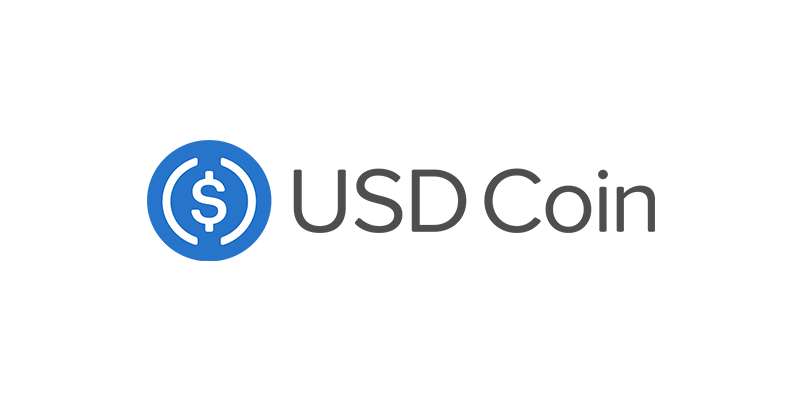
USD Coin (USDC)
Akin to Tether, USD Coin is a stablecoin pegged 1-to-1 to the U.S. dollar. The impetus for USD Coin, formed by peer-to-peer payment services company Circle and cryptocurrency exchange Coinbase, was to create a currency for the next major era of the internet — one that will facilitate an open, inclusive and evenly distributed global economy.
USD Coin is regarded as one of the most transparent coins. Its reserve is held entirely in cash and short-dated U.S. government obligations marked three-months or less, which can be tracked in their monthly, independent reports. In a one-year overview, USDC held 16 percent of market shares in February 2021. By the end of February 2022, that number nearly doubled to 30 percent.
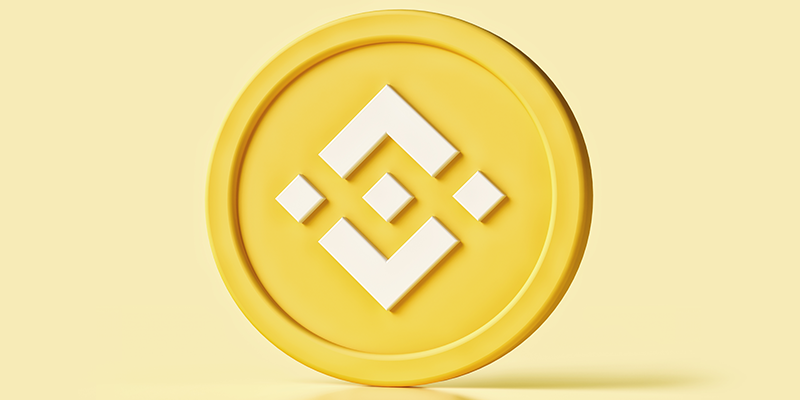
Binance (BNB)
Binance is the world’s largest cryptocurrency exchange in terms of global daily trading volume.
A portmanteau of “binary” and “finance,” Binance aims to grade cryptocurrency alongside traditional finance practices. Its platform regularly processes tens of billions of transactions per day, with four times the spot-trading volume of its nearest competitor.

Binance Coin (BUSD)
Binance’s answer to the stablecoin is the Binance Coin. Over the span of 2021, BUSD’s market capitalization grew from $1 billion to over $14.6 billion at the end of year. Midway through 2022, it stands at $17.6 billion.
As users adopt more Binance Coin-compatible wallets, platforms, services and exchanges, trends are likely to continue.
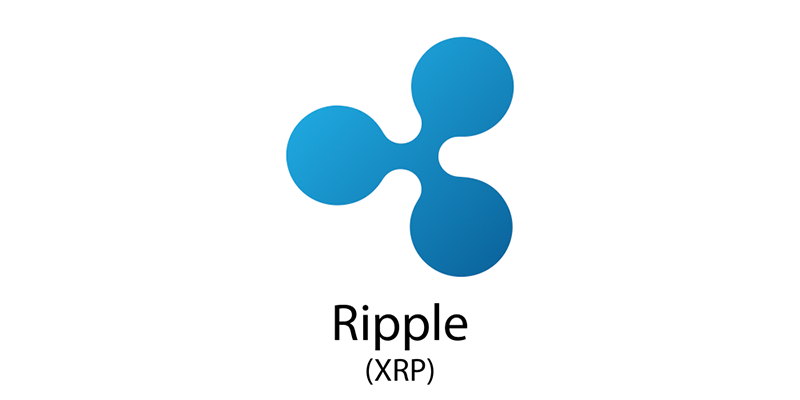
XRP (XRP)
Ripple owns the decentralized public blockchain known as XRP Ledger, home of the XRP native coin. This decentralized exchange (crypto’s first) is managed by a global community — software engineers, server operators, users and businesses — and was created as a greener, sustainable alternative to Bitcoin in 2011 to aid cross-border transactions.
XRP is often referred to as “the banker’s crypto” because it offers access to liquidity on demand. User preference to XRP can also be credited to its inexpensive $0.0002 transaction fees, three-to-five second transaction closures and competitive scalability, conducting about 1,500 transactions per second.
Despite an ongoing, two-year lawsuit facing the U.S. Securities and Exchange Commission over the alleged unregistered sales of its XRP tokens, XRP Ledger and its community remains bullish — developer Wietse Wind tweeted smart-contract compatibility to debut on the ledger, now live on a testnet.
It should be noted that an unfavorable verdict — declaring XRP to be a security — wouldn’t only potentially invalidate the nearly $1 billion pumped into XRP, but rather, it could set a precedent that could impact the entire altcoin market at-large.

Cardano (ADA)
ADA is the native coin of Cardano, an open-source, proof-of-stake blockchain by Ethereum co-founder Charles Hoskinson. In contrast to Bitcoin’s proof-of-work protocol, Cardano is the first large-scale platform to successfully operate on a peer-to-peer consensus mechanism, also known as a proof of stake.
The energy-efficient PoS system, named after 16th century Italian polymath Gerolamo Cardano, relies on an academic process, vetting ideas among the community before granting validation, to better democratize its digital network. By design, the future of the two-layered blockchain is essentially in the hands of majority token holders while community members cast immutable votes.
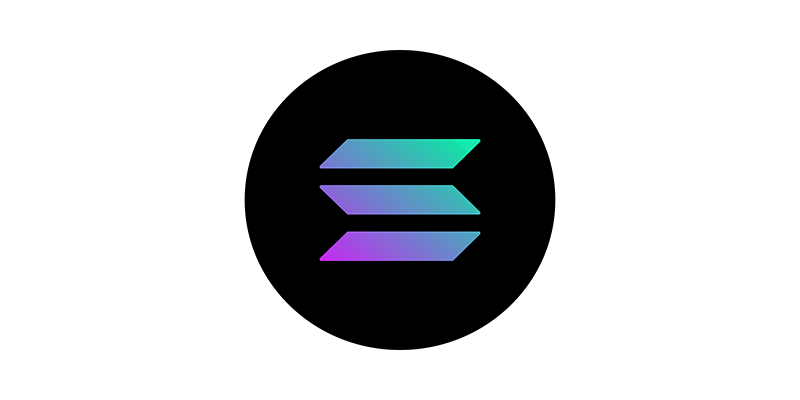
Solana (SOL)
The third-generation “Visa of Crypto” came onto the scene in March 2020, providing significantly faster transaction speeds and lower transaction fees than its rival, Ethereum. This is credited to Solana’s unique hybrid consensus mechanism, which uses a proof of history in tandem with a proof of stake protocol. Together, validation is secured by a historical record of exchanges as well as a selected group of validators.
Theoretically, Solana can compute more than 65,000 transactions per second without compromising its average cost of $0.00025 per exchange. Solana prioritizes expedited exchange and scalability — yielding relative risk to security and criticism of unfair tokenomics that favors venture capitalists.
Whether the DeFi platform weathers recent class-action lawsuit claims of selling unregistered securities and deliberately misleading investors regarding the total circulating supply of SOL tokens is yet to be determined.
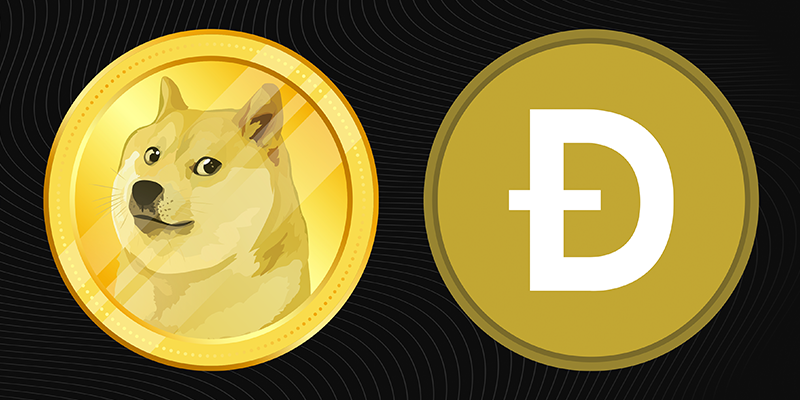
Dogecoin (DOGE)
The viral memecoin Dogecoin, qualifies in the top 10, landing at an $8.7 billion market cap and $300 million trading volume.
Software engineers Billy Markus and Jackson Palmer created the scrypt-encrypted satirical coin in 2013 as a joke. Featuring Kabosu, a Japanese Shibu Inu, DOGE forked from Bitcoin counterpart Litecoin and took on a life of its own. Tipping a hat to the internet’s frontpage, Reddit, and cheeky celebrity endorsements from Snoop Dogg, Gene Simmons and Mark Cuban, the market’s beloved mascot has been dubbed “the people’s crypto,” by Elon Musk.
All kidding aside — the Dogecoin Foundation announced its re-establishment after a six-year hiatus, bringing on crypto giants Vitalik Buterin, the inventor of Ethereum, and Musk’s financial advisor Jared Birchall to “renew focus” on the Dogecoin ecosystem, community and optimizing the blockchain.
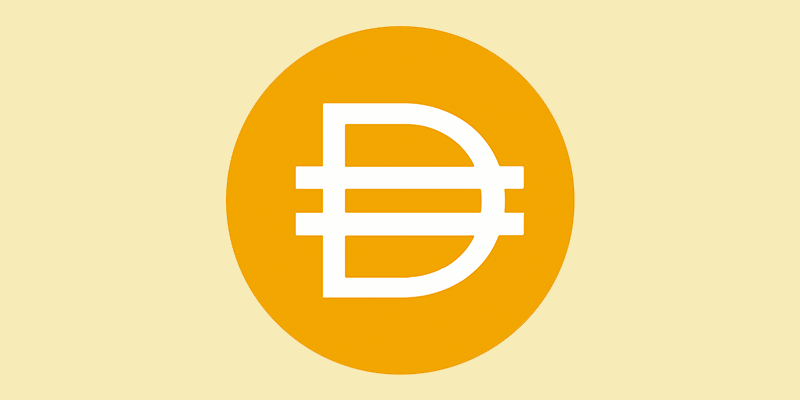
Dai (DAI)
Another stablecoin, DAI is a decentralized, Ethereum-based coin soft-pegged to the U.S. dollar with aims to “provide financial freedom without volatility.”
It’s the first cryptocurrency to operate off of a lending system, sealed in smart contracts and backed by crypto-collateral, rather than a government-issued, fiat currency sustained via a burn-and-mint method.

Polkadot (DOT)
Polkadot is a scalable, interoperable network meta protocol that allows arbitrary data — not just tokens — to be transferred across blockchains. These specialized blockchains, known as parachains and parathreads, make cross-chain registries and computation possible while staying connected to a master relay chain.
Connecting outside of the network is no problem — users can create a bridge to Ethereum or Bitcoin while remaining connected to the blockchain-building framework.
Open-source, multi-chain applications like Polkadot expedite the development of Web3, a fully decentralized web.
Its highly flexible framework is made possible by a cross-consensus communication format known as XCM, which creates a common language between independent blockchains that trustlessly share information and transactions. For example, academic records within a school’s private, permissioned chain would be able to share its contents with a public chain by sending a proof to a degree-verification smart contract.
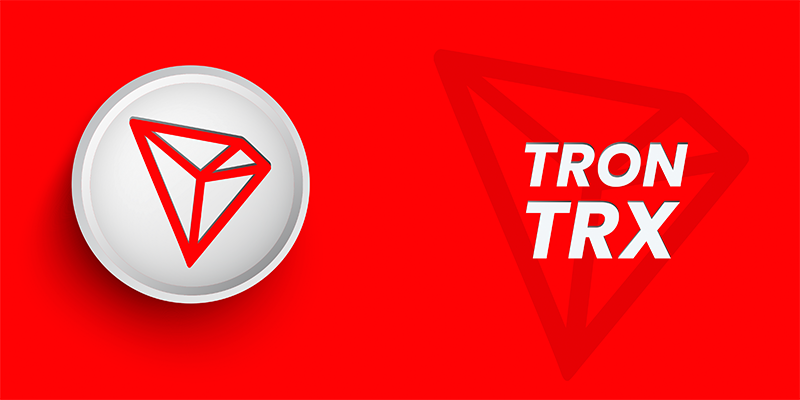
Tron (TRX)
A blockchain-based operating system with no central authority, Tron launched in 2017 with the objective to provide ownership rights to content creators.
Tron allows content creators to override commissions lost to intermediaries — like YouTube, Facebook or Apple — and forgo frigid terms of service regulations, often forfeiting influence via shadow bans and frozen accounts.
Users are compensated with TRX tokens for uploading intellectual property to the platform.
In its brief lifespan, Tron has spun impressive numbers: hosting over 102 million users and processing upwards of 3.5 billion transactions.
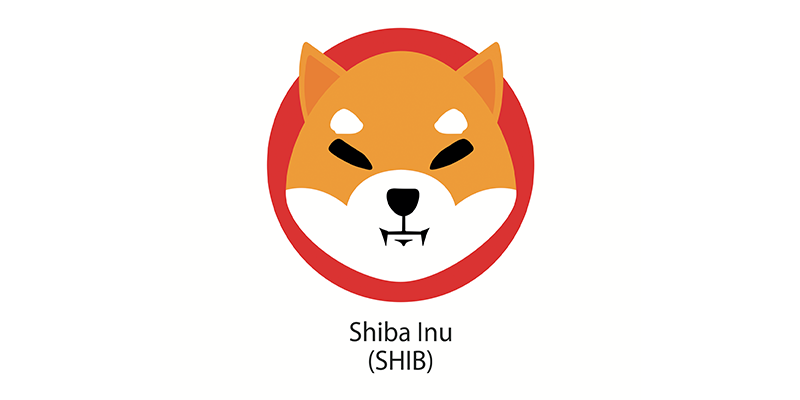
Shiba Inu (SHIB)
Shiba Inu is one of six dog tokens that sprouted from DOGE’s $2 billion legacy. While the original topdog runs on a proof-of-work mining system modeled after Bitcoin, Shiba Inu differentiates itself on an Ethereum blockchain — a competitive advantage as it allows interactions with other popular DeFi projects.
The altcoin recently enjoyed a 46,000,000 percent overall gain in 2021.
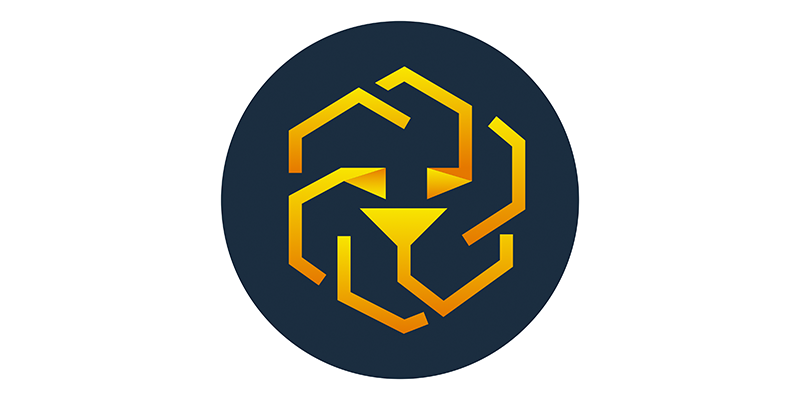
UNUS SED LEO (LEO)
Also known as the Leo coin, LEO is a dual-chain utility token created by iFinex, the parent company of crypto exchange Bitfinex and sister stablecoin Tether, that features a finite life cycle built into its protocol.
The token, which runs on Ethereum and EOS blockchains, launched in 2019 after the U.S. government seized $3.6 billion in funds held by Crypto Capital, Bitfinex’s former payment processor. As a way to regain trust and recover money lost to the iFinex ecosystem, the company’s buy-back scheme commits 27 percent of its gross revenues until no tokens remain in commercial circulation.

Avalanche (AVAX)
Avalanche, like Ethereum, is a layer 1 blockchain that functions as a platform for dApps and custom blockchain networks.
Developers Ava Labs, founded at Cornell University, aim to solve blockchain’s scalability trilemma, a theory coined by Ethereum creator Vitalik Buterin, which posits that decentralized blockchains can only provide two of the three ideal attributes, choosing between security, decentralization and scalability.
Avalanche’s answer: running a higher transaction output, up to 6,500 transactions per second, across three interoperable chains in order to not compromise scalability.
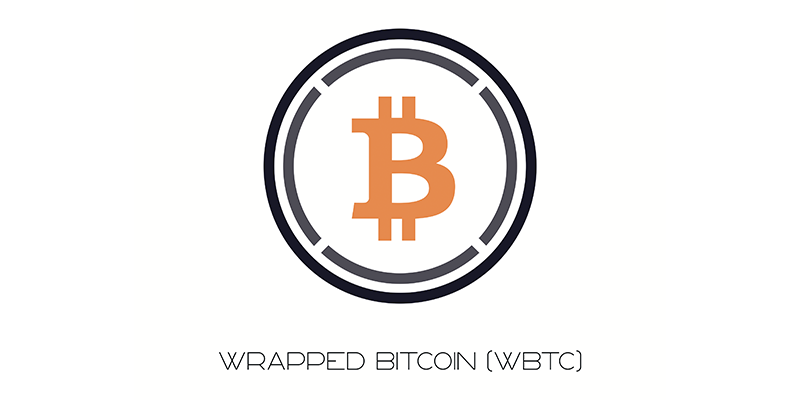
Wrapped Bitcoin (WBTC)
Wrapped Bitcoin is Bitcoin’s entryway into DeFi. By tokenizing the crypto kingpin with ERC-20 compatibility — a scripted standard used within the Ethereum blockchain — it becomes eligible for trading across all applications on the Ethereum network. This mechanism flows Bitcoin’s billion-dollar liquidity pool to the rest of the mainnet market, where fully developed blockchains are deployed for public use.
As an added bonus, WBTC holders enjoy a 15-second block time average — the time in which it takes a verification system, per transaction, to add a block to the blockchain — versus the 10-minute, proof-of-work process used on the original platform.
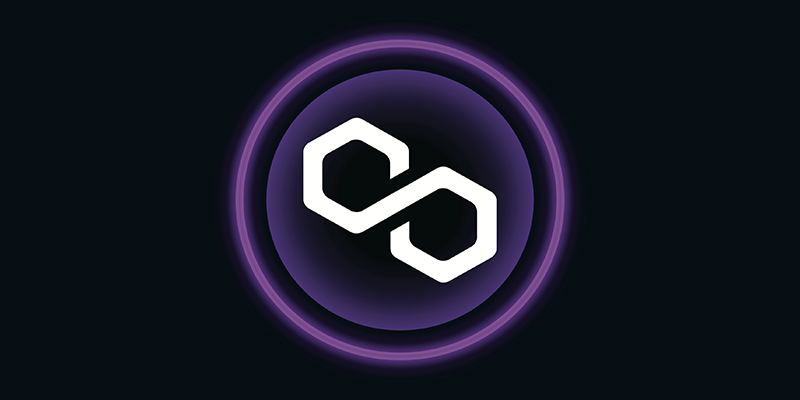
Polygon (MATIC)
Commonly referred to as “the internet of blockchains,” Polygon is a layer 2 scaling solution that upgrades Ethereum to a multi-chain system.
Polygon’s scalable infrastructure enables the favored DeFi hub with the functionality of multi-chain systems, like Polkadot, Cosmos and Avalanche, while maintaining the security, ecosystem and accessibility unique to Ethereum.
Through the use of proof-of-stake sidechains, Polygon can achieve more than 65,000 transactions per block, with an average confirmation time of less than two seconds.

Uniswap (UNI)
Uniswap is an Ethereum-based decentralized exchange that automates DeFi token transactions via smart contracts, sans permission. Founder Hayden Adams, an Ethereum developer, launched the automated market-maker in 2018 to create liquidity.
How it works: Crypto traders are able to swap out any ERC-20 tokens through Uniswap’s automated exchange formula, X x Y = K. This equation computes the balance between ERC-20 tokens — fixed to their respective supply and demand at the time of exchange — to determine the price of a particular token.
Then in September 2021, Uniswap created one billion of its own governance token — the UNI — to solidify its standing as a publicly-owned, self-sustainable decentralized autonomous organization, or DAO. The development team divvied out the UNI to core contributors of the platform along with the governance of the network, now 310,000 members strong.
The UNI stands at $6.39, racking up $1.1 trillion in total trade volume. There are currently 700 million UNI in circulation.
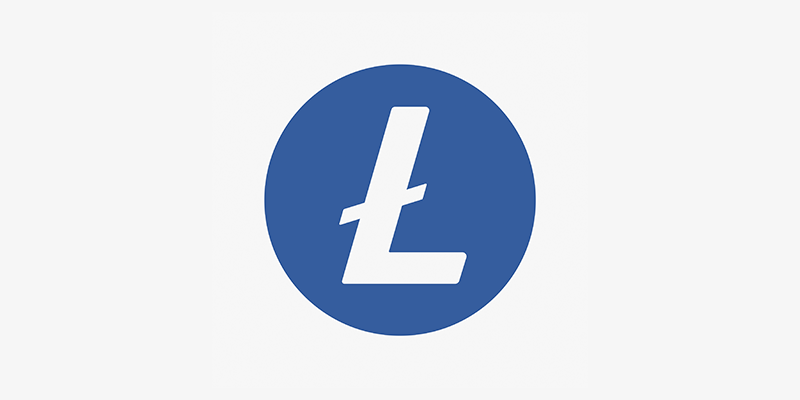
Litecoin (LTC)
The “silver to Bitcoin’s gold,” Litecoin leverages Bitcoin properties to become a lighter, faster version of its predecessor. The main difference between the two — Litecoin is built for speed, boasting a blocktime four times faster than that of Bitcoin, while Bitcoin prioritizes maximum security and immutability.
Early cryptocurrency adopter and computer scientist Charlie Lee created Litecoin two years after Bitcoin’s genesis block debut, achieving status as one of the first altcoins to enter the market. Globally, more than 2,000 merchants accept Litecoin, making it one of the most widely accepted cryptocurrencies.
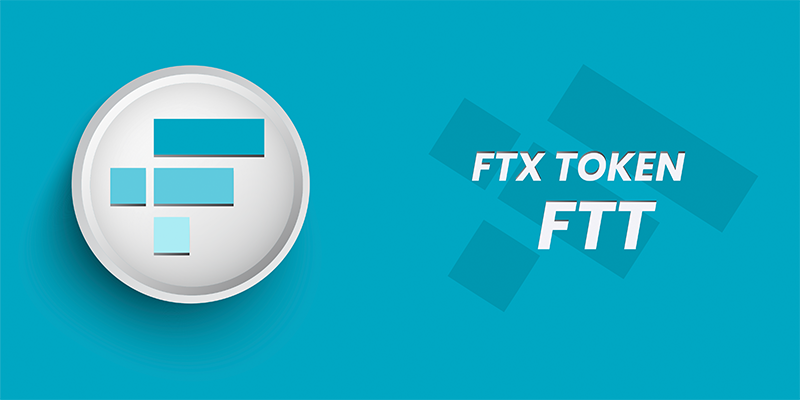
FTX Token (FTT)
FTX is a highly trusted, centralized exchange based in the Bahamas created by traders for traders. Its native coin, FTT, is a utility token that earns users free rebates, discounts on trading fees and high referral bonuses when staking with FTT.
The trading platform’s appeal is in its variety of tools unique to it, allowing users to invest in futures, perpetual futures, options and prediction markets.
One of its founders, MIT graduate Sam Bankman-Fried, is well known within finance, having also built investment firm and liquidity provider Alameda Research.
